Very beautiful panel of a "Madonna and Child"
Oil on panel
We observe a vertical slit and birth of a 2nd
small jumps to the pictorial layer.
This superb work deserves a small restoration with an accomplished restorer.
Framed piece
38.5 x 29 cm
49.5 x 40 cm (framed)
The Perugino (1448 - 1523)
Cristoforo Vannucci said Le Pérugin is an Italian Renaissance painter.
This nickname is inherited from his long artistic stays in Perugia, where he was named honorary citizen in 1485.
He began to learn his art in Florence by studying different works by Piero della Francesca and then becoming a pupil of Verrocchio. These two artists undoubtedly influence his painting, a painting fitting into a classical current and seeking the beauty and harmony of the final composition.
All of Pietro Vannucci's work is mainly religious in dimension.
He paints the themes of the Crucifixion, the Virgin and Child or the Ascension.
From 1480 to 1482, he participated in the decoration of the fresco in the Sistine Chapel where he himself painted the wall of the altar and three other paintings. Later, in Perugia, he painted much more complex landscapes in which the characters blend harmoniously. His growing fame, Pietro Vannucci is recognized and orders flow. He opened two workshops, one in Perugia, the other in Florence.
The famous Raphael chose him as a master to train in the art of painting.
A friendship will be born, punctuated by rivalry, the student succeeding in overtaking the master. During the last years of his life, Le Pérugin continued to produce numerous paintings but he struggled to renew his art and an impression of artistic repetition ensued.
THE PERUGIN:
October 31, 1512: Inauguration of the fresco in the Sistine Chapel
The gigantic work of Michelangelo is inaugurated in Rome. Critics are in awe of such grandeur. The fresco that decorates the vault of the Sistine Chapel is 40 meters long and 13 meters wide. It was commissioned from Michelangelo by Pope Julius II.
The Perugino died of the plague while working on these achievements; he was first buried just outside the locality5. Currently his remains are kept in the Annunziata oratory in Fontignano.
In Assisi, in the Basilica of St. Mary of the Angels built in the sixteenth century including the chapel of the Portiuncula (a small chapel, already in place in the sixth century, where in 1208, St. Francis founded his order), a new work hitherto unknown was discovered during the restoration work of this chapel. This is a fresco depicting a Crucifixion, which was attributed to Perugino. It would have been painted in 1486, year in which Pietro Vanucci came to Assisi in August, as the archives attest.
The Perugino strongly influenced Fiorenzo di Lorenzo as well as, in his debut, Raphaël who himself had chosen him as master.
The Jacquemart-André museum dedicates an exhibition to him





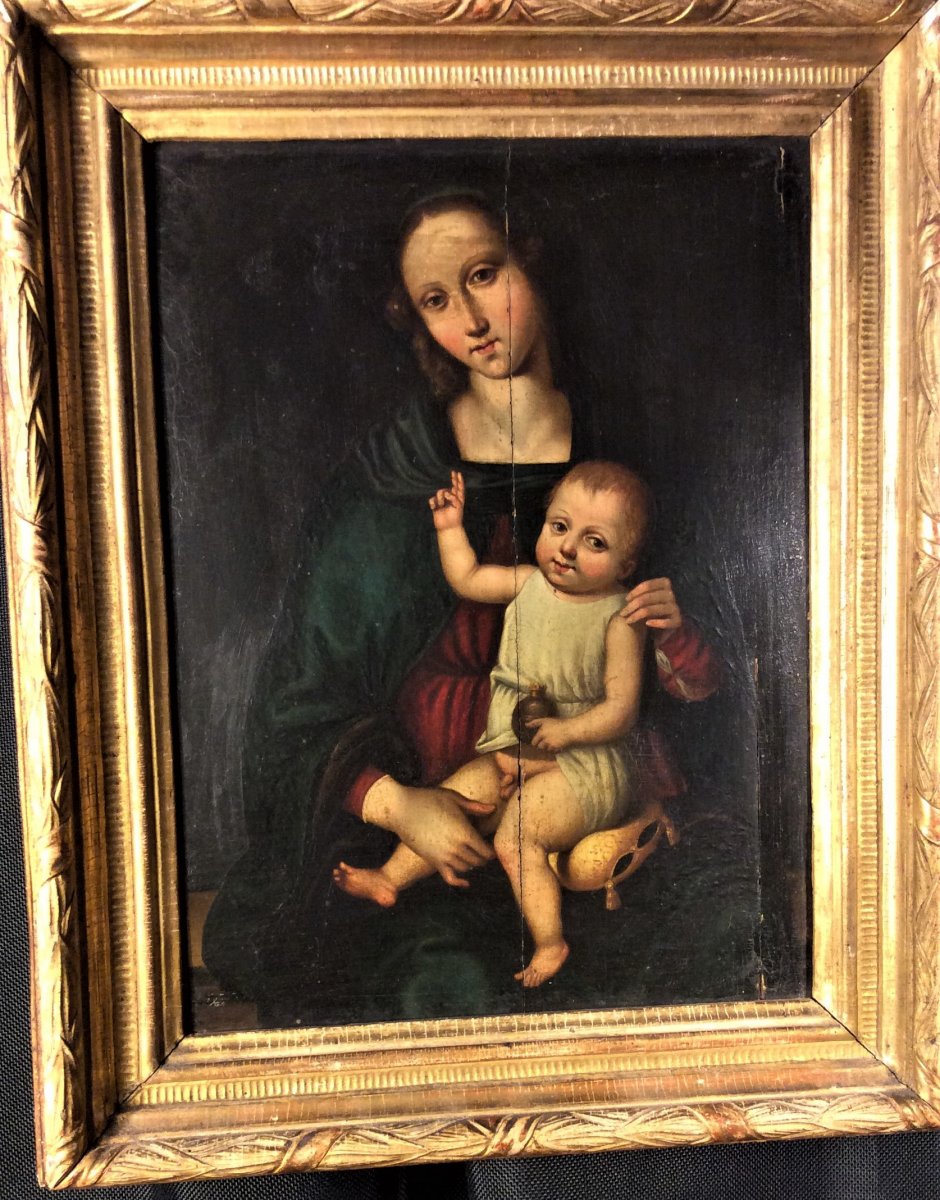
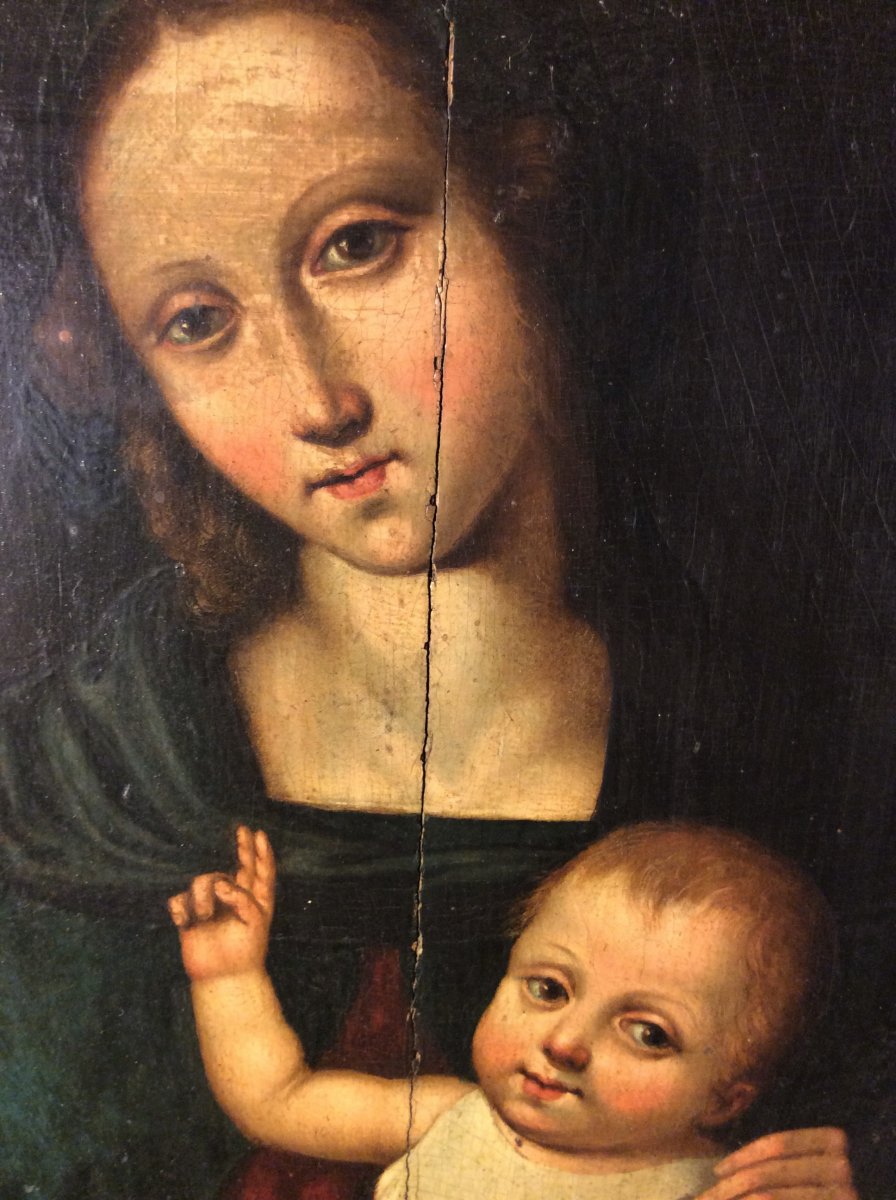
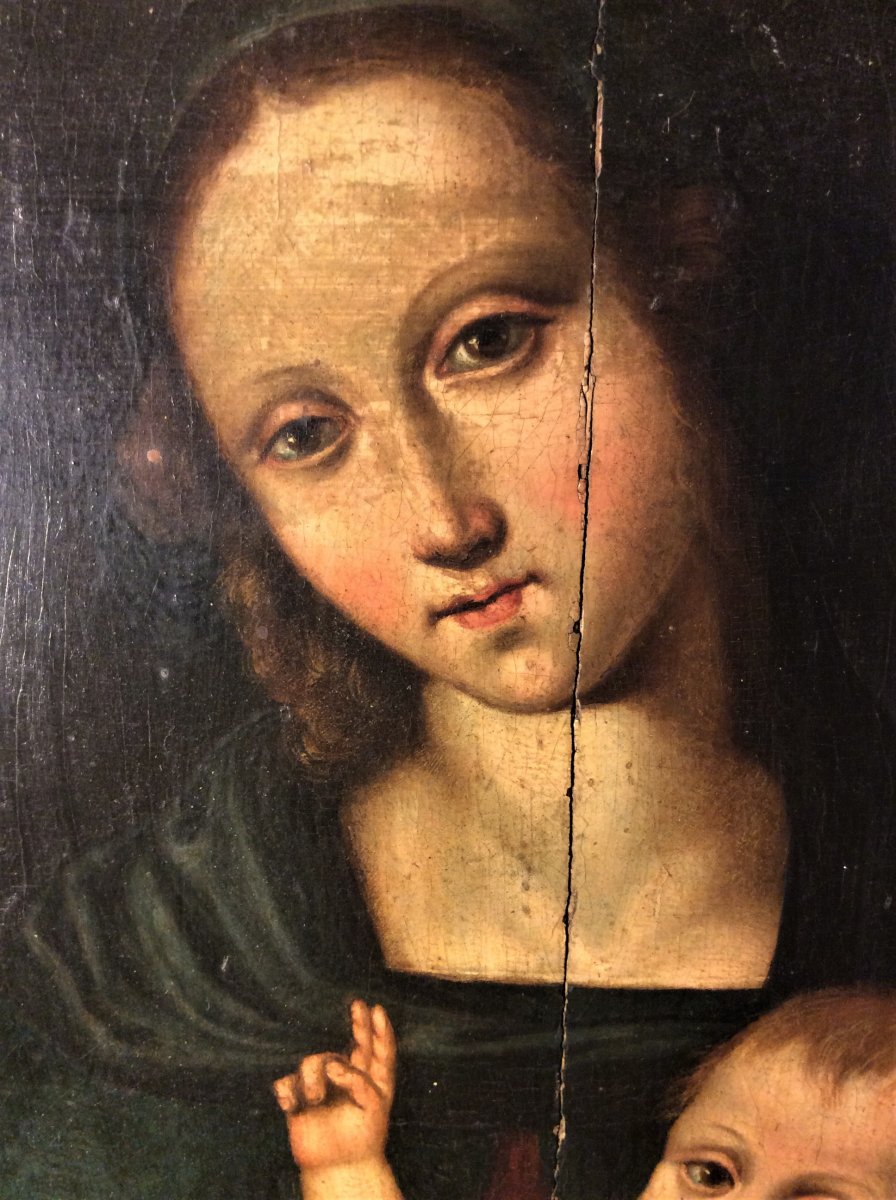
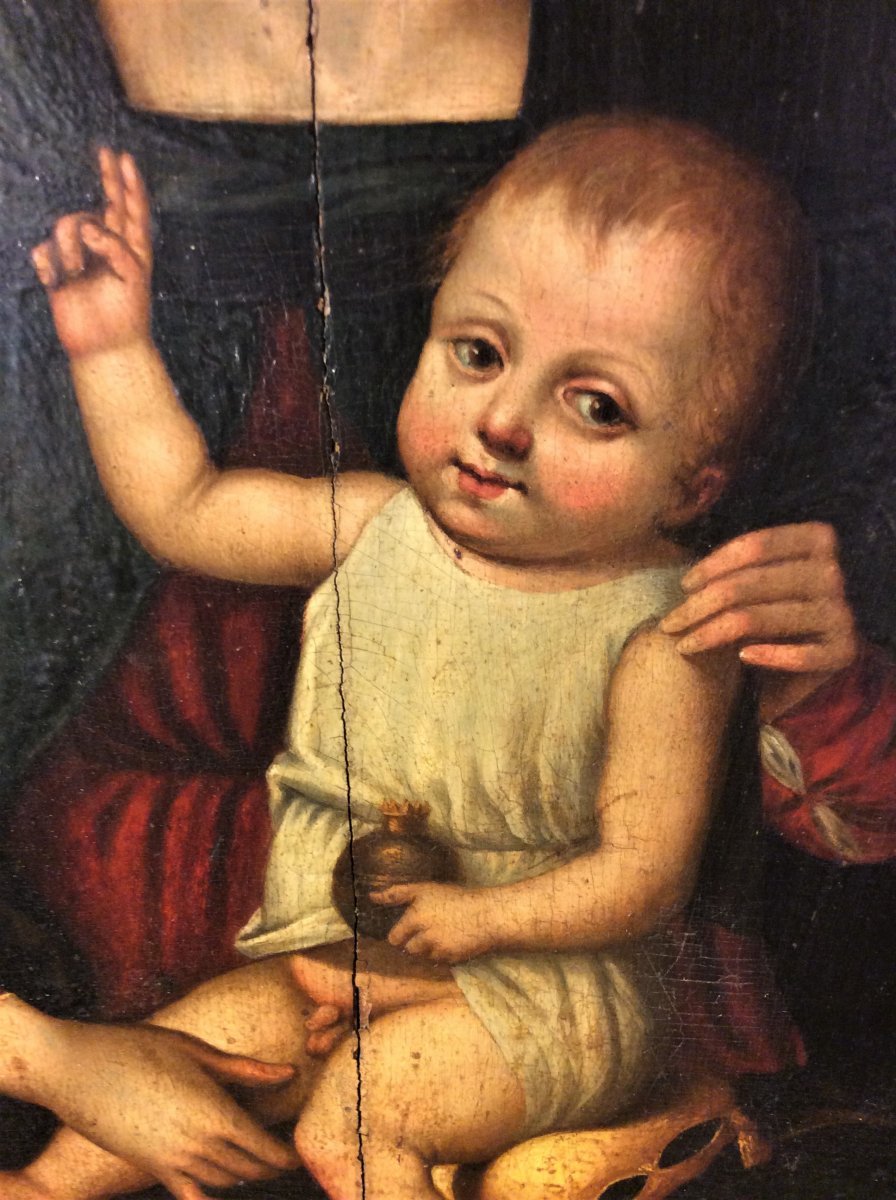
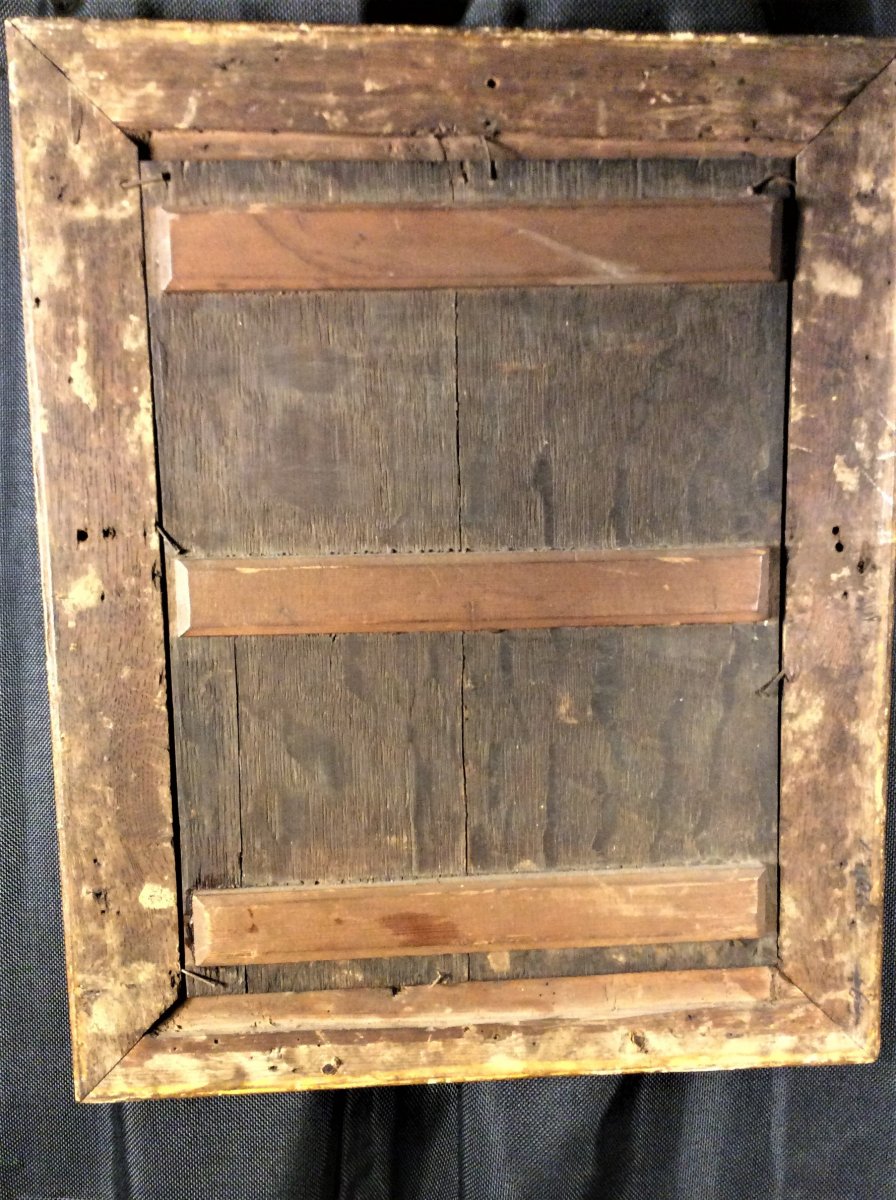
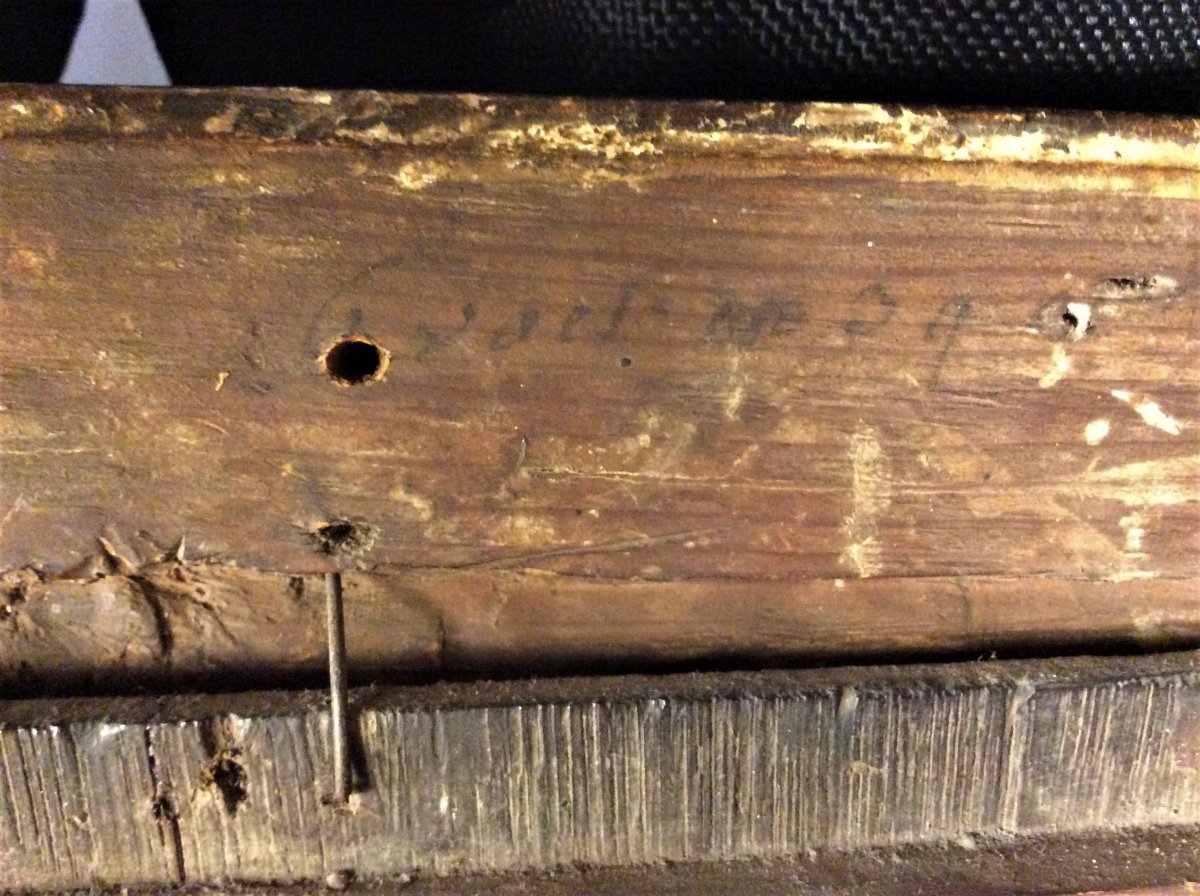
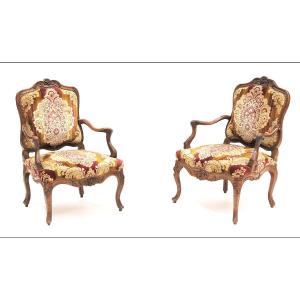



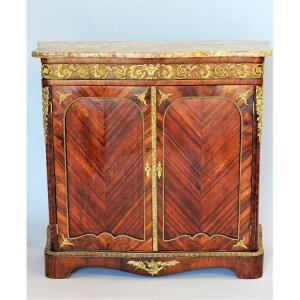
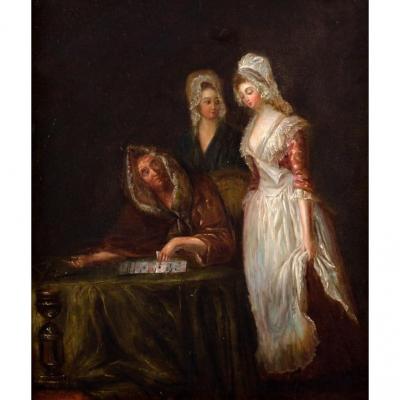
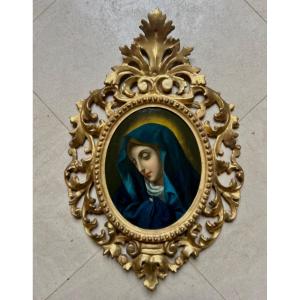
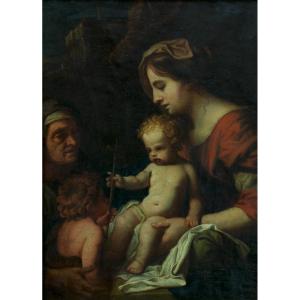

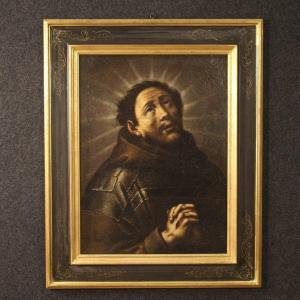

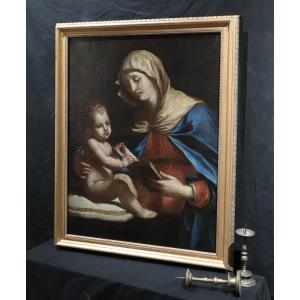



 Le Magazine de PROANTIC
Le Magazine de PROANTIC TRÉSORS Magazine
TRÉSORS Magazine Rivista Artiquariato
Rivista Artiquariato
